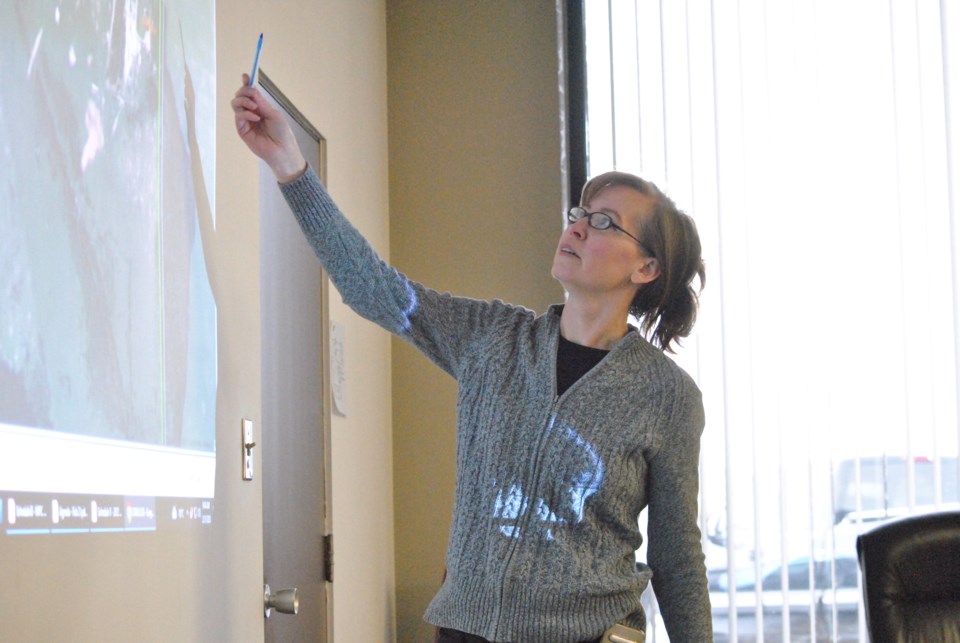BARRHEAD - In the future, the County of Barrhead may include non-permanent residences in the Land-use bylaw (LUB).
Although the county's LUB allows only one permanent residence on a parcel, it also allows the use of non-permanent, second dwellings in an Agricultural District on a temporary three-year basis.
Reeve Doug Drozd asked during the Feb. 21 municipal planning commission (MPC) meeting if, in the future, it might be more efficient to move the dwellings into the permitted column under the county's Land-use bylaw instead of having it as a discretionary use.
"That way people can talk to the (development officer), and if they meet the criteria, they can pay the development permit fee, get their rubber stamp and (administration staff) do not have to bother council with it," he said.
Both he and Coun. Bill Lane noted that often these dwellings are not temporary in that applicants regularly seek to renew their original application multiple times, including the three applications at the Feb. 21 MPC meeting. It is worth noting all three applications were approved.
Development officer Jenny Bruns said one of the reasons why the council of the day opted for three-year term limits on temporary dwelling approval’s because in 1996, the province changed the safety codes for mobile and manufactured home structures, and as such, many municipalities debated whether they should allow homes older than that date.
Bruns also said it would not take much of a change in the Land-use bylaw to make the change, adding temporary dewllings were already a permitted use and are not discretionary.
Even though that is the case, she said that the LUB also states that secondary-dwelling applications will be reviewed by the MPC.
"Council, at the time, wanted to have some oversight in place," Bruns said.
However, she added that if council wanted to cut the "red tape", councillors could eliminate the need for the MPC to review applications and rely on the community standards bylaw or unsightly premises bylaw to regulate problem properties.
Bruns said that her preference would be to get rid of the need to renew their temporary dwellings, requiring only the initial permit and using their existing bylaws to police problem properties.
Drozd said that they could also add, as a condition of the initial acceptance, that the development officer needs to inspect the property every three to five years.
Bruns agreed, noting the number of applications the MPC sees for secondary dwellings has been on the rise since COVID-19.
"The parents are in the older house, and the kids always want to build a new house. Then there is the question of what to do with the second dwelling if the parents move away," she said. "The risk is now you have two $300,000 to $400,000 homes, and that family relationship is gone, so, of course, you are going to want to subdivide ... That makes for messier planning and messier decisions. But if it is a temporary secondary dwelling, you can take it away."
Drozd suggested that perhaps in the future revision to the LUB, the county could allow one temporary secondary dwelling and make a second discretionary.
Barry Kerton, TownandCountryToday.com

.jpg;w=120;h=80;mode=crop)

